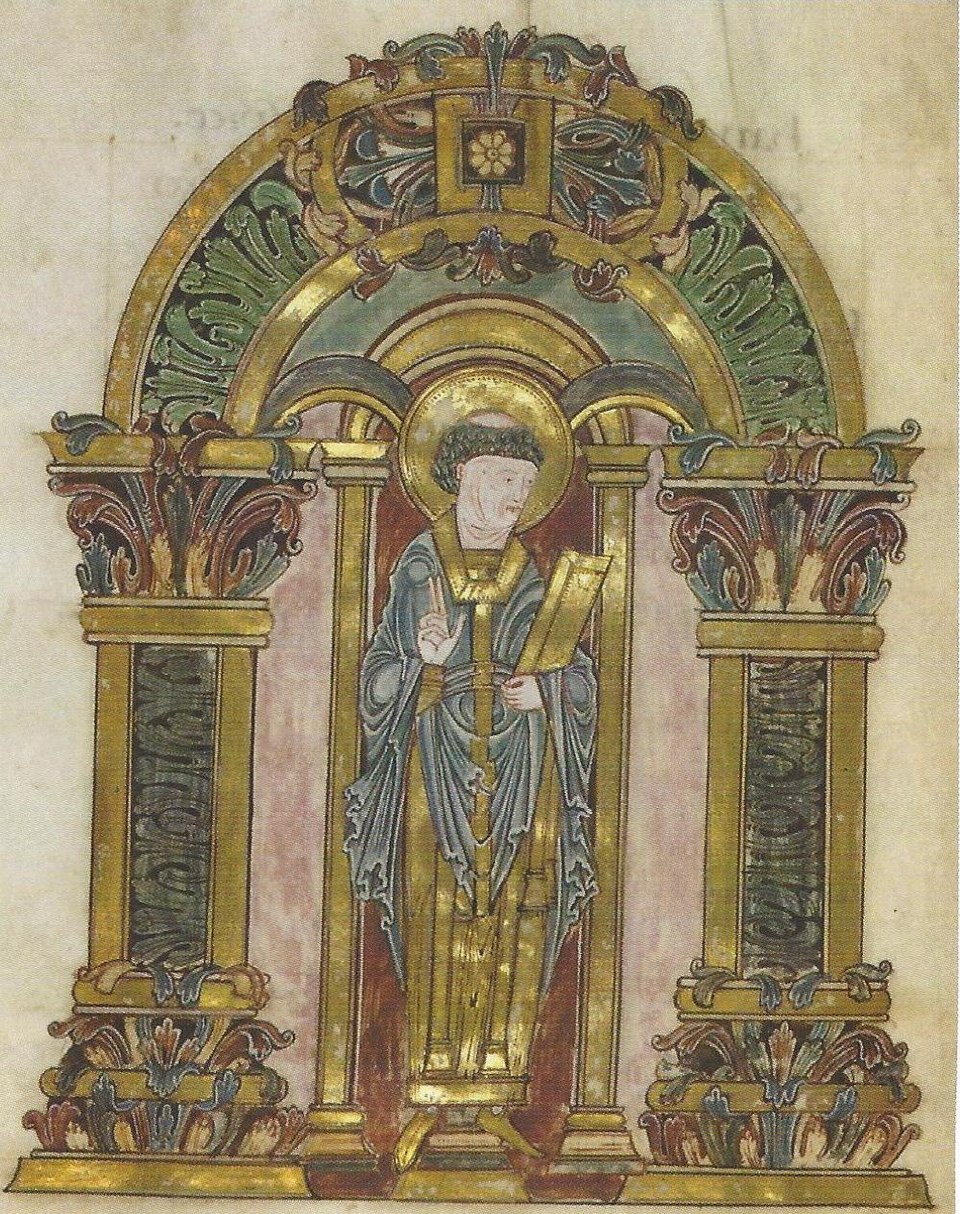Exploring the Legend of St Swithin and Its Weather Predictions

On July 15th, 971 AD, a significant event unfolded in Winchester, England, when the bones of St Swithin were moved from their original resting place by Aethelwold, Bishop of Winchester, to a shrine within the cathedral. This act purportedly provoked a violent storm, leading to a belief that the weather on this date could predict the weather for the remainder of the summer. This belief is encapsulated in the traditional rhyme: "St Swithin's day if thou dost rain, for forty days it will remain; St Swithin's day if thou be fair, for forty days will rain na mair."
The association of St Swithin with weather forecasting has endured through centuries, although its historical origins are murky. The first documented connection between St Swithin and weather predictions appears in 1315, approximately five centuries after the saint's bones were relocated. The rhyme itself is believed to have emerged around the 17th century. Notably, historical weather records do not support the notion of it raining for 40 consecutive days after July 15. The closest recorded instance occurred in 1924, when 30 out of the 40 days that followed were rainy, alongside 13.5 hours of sunshine on the 15th.
Current weather patterns can often seem unpredictable, yet the legend of St Swithin reflects a longstanding human effort to interpret the skies. This interpretation melds meteorology with elements of folklore, magic, and cultural beliefs. According to Dr. Helen Parish, Professor of History at the University of Reading, who authored an analysis on this topic, the weather on St Swithin's Day could serve as a barometer for the summer's progression, shaped by the position of the jet stream. A northerly jet stream in early July often leads to drier, sunnier conditions, while a southerly stream typically brings unsettled weather.
The legend of St Swithin is not unique; other saints' feast days in June and July are also used to predict weather patterns. For example, rain on St Gervase's Day (June 19) is believed to foretell 40 days of wet weather, while the Feast of the Seven Sleepers (June 27) is associated with seven weeks of rain in Germany.
The role of religion and superstition in weather prediction extends beyond St Swithin. Historical texts illustrate that many societies viewed weather as a divine message. For instance, the English Book of Common Prayer (1549) attributed catastrophic weather patterns to human sinfulness. In a period of climatic turmoil, such as the 'mini ice age' from approximately 1300 to 1850, societal anxieties led to the scapegoating of witches, who were believed to possess the power to manipulate the weather.
Theologians and demonologists of the time claimed witches could summon storms and disasters, and many were executed based on these superstitions. For example, during a storm in 1562, over 60 individuals were executed in Wiesensteig, Germany, accused of witchcraft. In 1589, a notorious case in Scotland led to the arrest and torture of over 100 suspected witches amid a storm that King James VI encountered.
Today, as climate change poses new challenges, the blend of historical beliefs with modern meteorological science offers insight into how societies have navigated their environments. While St Swithin's Day continues to be observed with a mix of reverence and skepticism, it remains a fascinating reflection of humanity's evolving relationship with the weather.
In conclusion, the legend of St Swithin and its associated weather lore underscore a complex interplay between faith, folklore, and nature. As society grapples with contemporary climatic challenges, the historical narratives surrounding weather provide valuable context for understanding how cultures adapt to and interpret the forces of nature. Future projections suggest that such folklore may continue to coexist alongside scientific advancements in meteorology, shaping public perceptions of weather phenomena.
Advertisement
Tags
Advertisement




